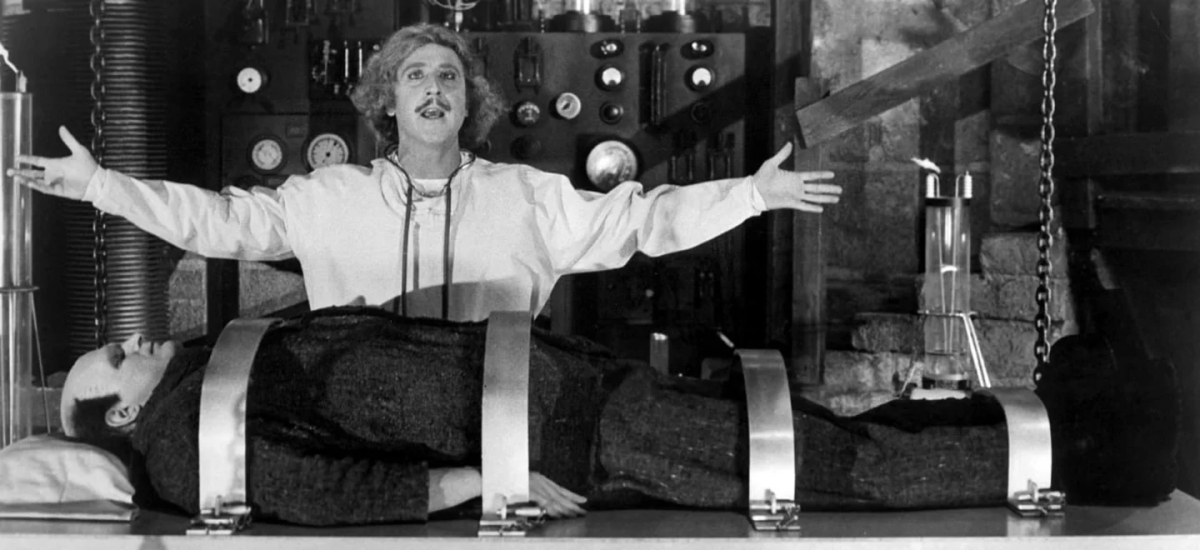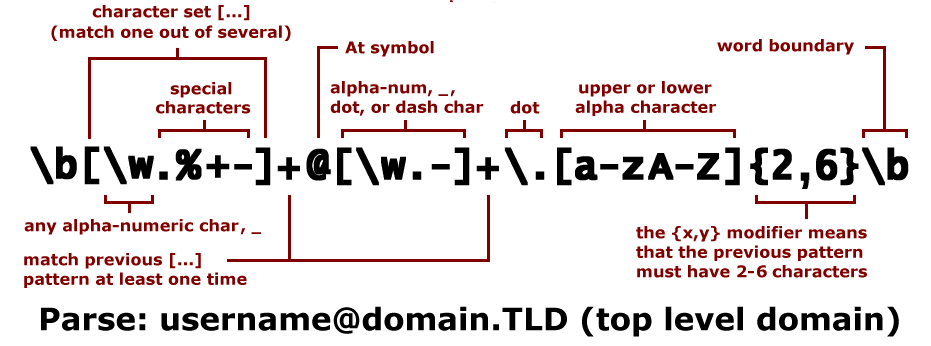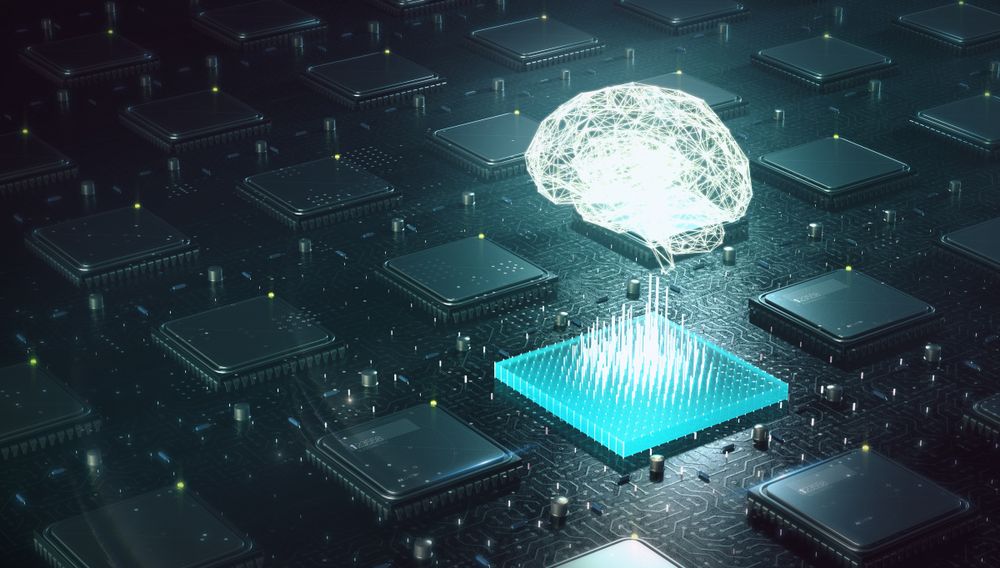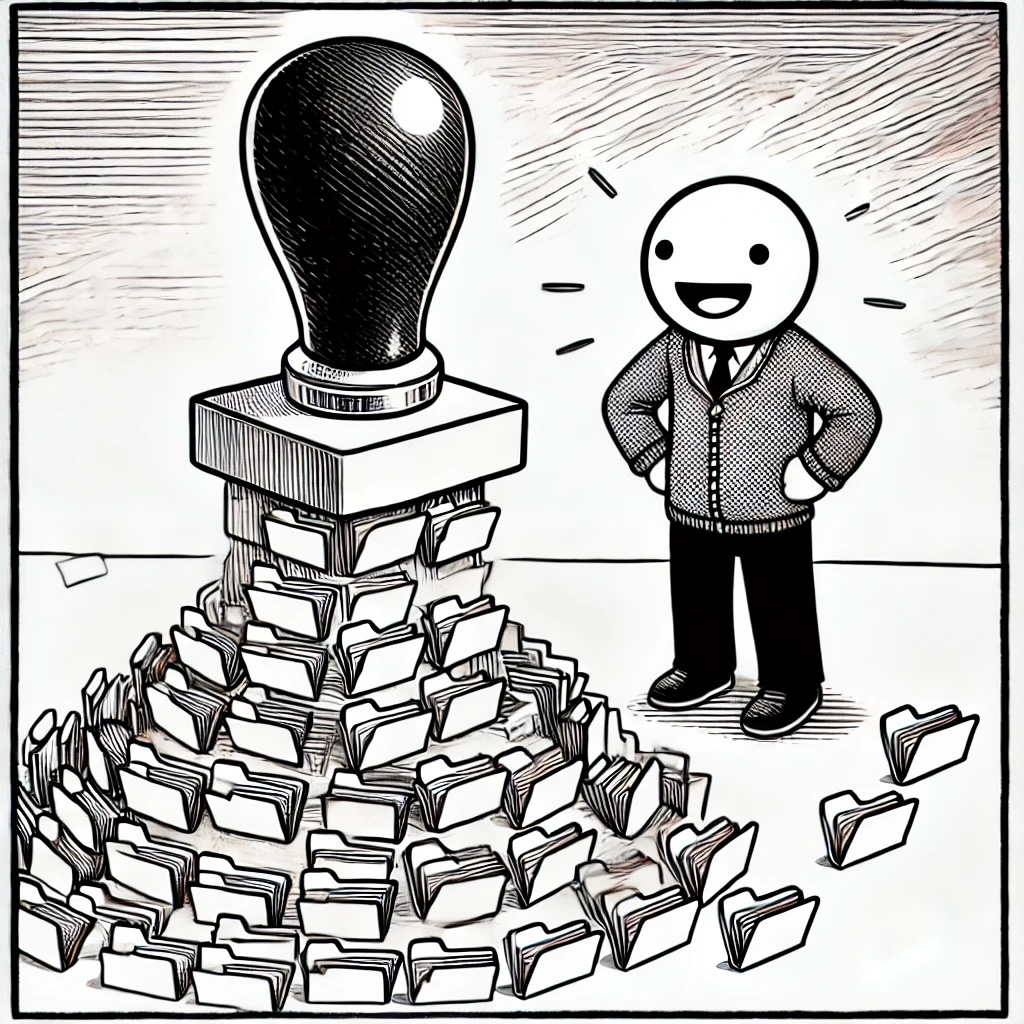
Should artificial intelligence be person-shaped?
I haven’t, to be honest. I used to insist on the term “machine learning,” because I wanted to focus on what the technology actually does: model data. Questions about personhood and “alignment” felt like anthropocentric distractions, verging on woo.
But these days woo is hard to avoid. OpenAI is now explicitly marketing the promise that AI will cross the uncanny valley and start to sound like a person. The whole point of the GPT-4o demo was to show off the human-sounding (and um, gendered) expressiveness of a new model’s voice. If there had been any doubt about the goal, Sam Altman’s one-word tweet “her” removed it.
At the other end of the spectrum lies Apple, which seems to be working hard to avoid any suggestion that the artificial intelligence in their products could coalesce into an entity. The phrase “Apple Intelligence” has a lot of advantages, but one of them is that it doesn’t take a determiner. It’s Apple Intelligence, not “an apple intelligence.” Apple’s conception of this feature is more like an operating system — diffuse and unobtrusive — just a transparent interface to the apps, schedules, and human conversations contained on your phone.
If OpenAI is obsessed with Her, Apple Intelligence looks more like a Caddy from All the Birds in the Sky. In Charlie Jane Anders’ novel, Caddies are mobile devices that quietly guide their users with reminders and suggestions (restaurants you might like, friends who happen to be nearby, and so on). A Caddy doesn’t need an expressive voice, because it’s a service rather than a separate person. In All the Birds, Patricia starts to feel it’s “an extension of her personality” (173).























